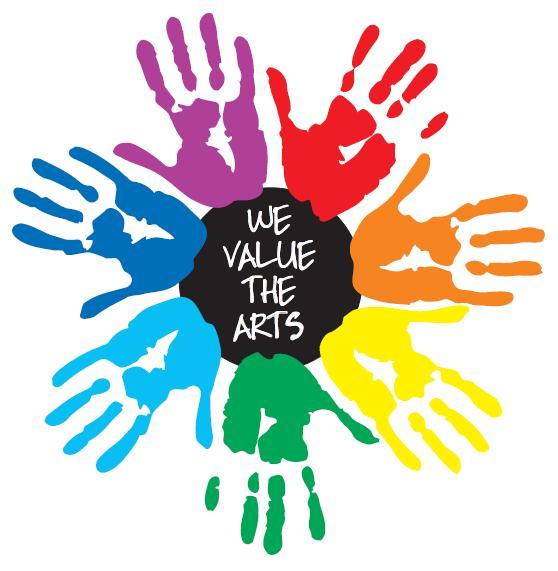The visual, literary and performing arts, and the cultural institutions in which they are housed and presented, can help build stronger societies and create a deeper understanding of humanity and the world. Whether they are world-renowned institutions or local community centers or groups, arts and culture organizations can inspire problem-solving and creativity, contextualize history, stimulate healthy cultural expression, promote healing and revitalize communities.
Art funding initiatives can come from national and local governments, corporations, institutional charities, and individual donors. Often the lack of public funding reinforces the need for arts philanthropy.
Philanthropists have been supporting art grants and cultural programs for a long time, from the creation of new arts organizations to investments in individual artists and projects.
How to get started in art philanthropy
Sponsors who are just starting out should engage with member organizations and peer learning networks focused on the intersection of arts and philanthropy, many of which have published extensive research and analysis in this area.
For example, Grantmakers in the Arts is a national association that regularly reports on trends in art funding initiatives and hosts conferences, workshops and webinars for donors.
Americans for the Arts is another national art philanthropy network that advocates for the arts at the national, state, and local levels, with the goal of expanding access to the arts in the United States.
Ultimately, new backers should take the time to get to know the arts organizations they are personally affiliated with and learn about their unique needs. Community foundations can often help potential donors learn about new organizations, connect with other arts donors, and engage with local arts ecosystems.
How donors can get involved with arts philanthropy
- Understand the issue of equity in arts funding and philanthropy and commit to having honest conversations about achieving cultural equity for arts organizations.
- Transform arts philanthropy by breaking down silos and partner with foundations, arts organizations and other individual donors to make inclusive arts funding a reality.
- Disrupt arts philanthropy by driving progress in community empowerment and the arts.
- Stay up to date with the most relevant research and information on arts and culture philanthropy utilizing the Grantmakers in the Arts online Library.
- Get involved with community foundations that have specific focus in arts and culture such as the Seattle Foundation.
- Art for Justice Fund encourages philanthropists to donate their artistic assets or capital to reduce mass incarceration. It’s supported by the Ford Foundation and Rockefeller Philanthropy Advisors.

























